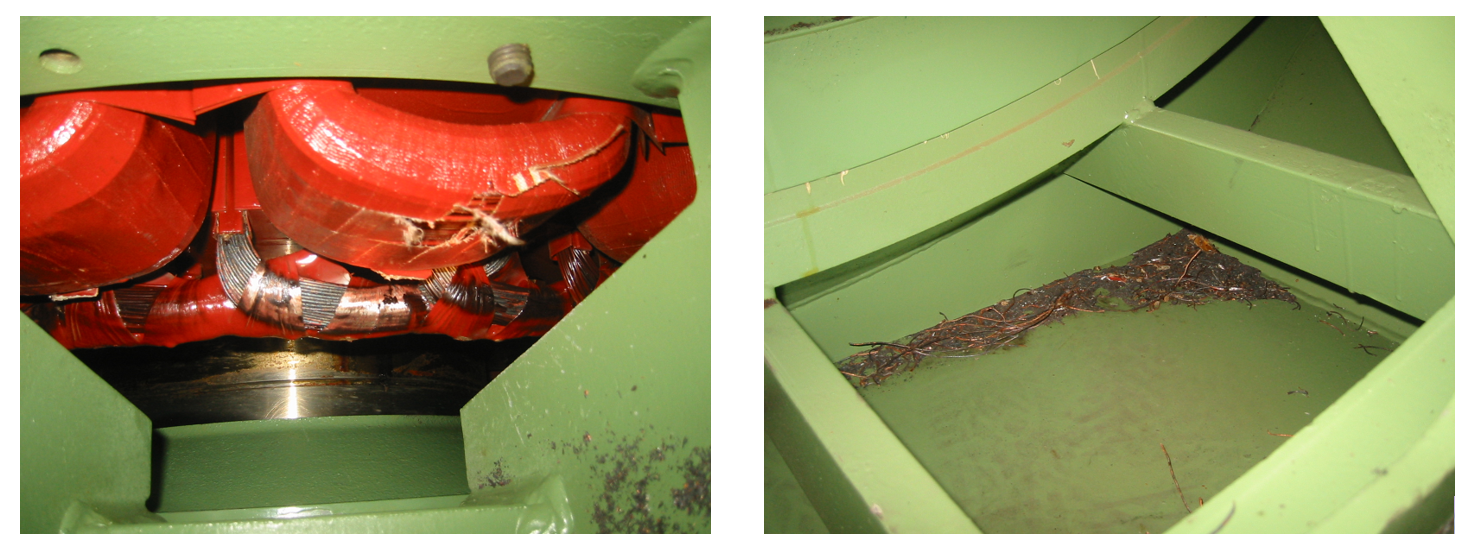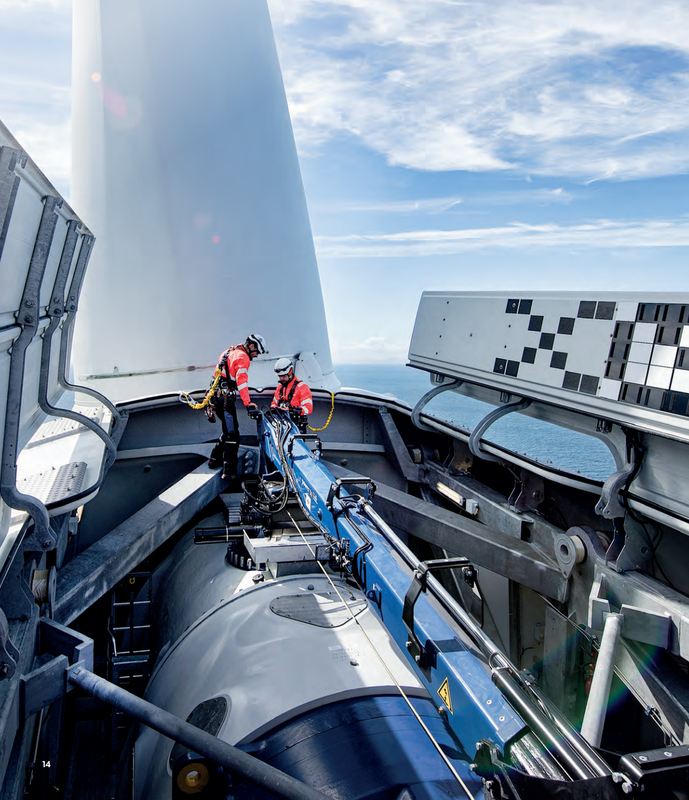EPC Services - Commissioning |
27 August, 2022
|
|
Some time back, I was engaged in developing a "Health Care Plan" for critical vessels. One of these vessels was the Deep Blue, owned and operated by Technip (now TechnipFMC).
It included the inspections and testing of the principal components of the electrical system, including Generators, Medium and Low Voltage Switchgear, Transformers, Propulsion Drives, and Motors. Shortly after starting my inspection and testing of the main generators, I was informed by the staff, that the #2 generator (forward engine room, if I recall correctly) just didn't seem to respond well when synchronized to the switchboard. I was told that a new AVR (Automatic Voltage Regulator) was fitted but no improvements were noted. Inspections revealed damage to the exciter, which was supported by tests. All in all, nothing special, but what can we learn from this?
Intelligent Upgrades can be applied to generators (as described above) as well as other principal equipment, such as transformers, switchgear, drives and motors. Nowadays, equipment monitoring has become very advanced, and new installations are normally well monitored and protected, although that does not necessarily mean they are intelligent. Sometimes basic algorithms, and added monitoring and protection, can fill an important void, and bring about an added layer of security. After all, if we cant monitor it, we can't control it. |
What simple measures can be put in place to improve the Power Supply of Critical Installations? In this short article we discuss a simple three-step approach that will bring perspective to the question. Contact us if you need advice on your commissioning needs. We are able to offer bespoke solutions without obligation.
Our scope covers
Read more about our Commissioning Services here |
Consultancy and Management Services - Contracts and Interfaces |
4 September, 2022
|
|
Contract arrangements and interfaces for Offshore Renewables are becoming more complex, due to an ever increasing size in contract value, and the scope of technologies deployed.
A simple onshore solar project might simply comprise site development, solar panels, onshore substation and grid connection. Additionally, it might include battery energy storage. For offshore, solutions are now becoming more complex, particularly as field development capacities increase and a move to deeper waters. A moderate offshore wind development project would comprise Wind Turbines and Balance of Plant (BoP), such as foundations, offshore and onshore substations (AC), subsea cables, grid connection, and other site infrastructure development. For large installation of typically +800kW over longer transmission distance, HVDC might be deployed, bringing more complexity. Contract Structure: For simple projects (with with a strong commercial and technical knowledge base), its a simple solution to pick an EPC contractor to perform the complete works as an EPC Contract or "turnkey". Under this contract, the EPC would be responsible for all commercial and technical interfaces. For larger, more complex contracts, the owner or developer might be pressed to find an EPC who is prepared to assume the full project risk, and as such the owner would have to resort to managing the project and assume a higher level of risk. After all, it would be the owner who was responsible for early development studies, site location, environmental evaluations etc. The owner would now be tasked with preparing both contractual and technical interfaces between all key players. Also management of delay can be extremely difficult to calculate. A week delay here by contractor A, might cause three weeks to contractor B. Furthermore, another issue for offshore developments, is the scope split between the offshore scope and the onshore scope. This might arise through tax optimization or to fulfil local content requirements. |
Routine Inspections, a well prepared Inspection and Test Plan. Performance Audit. and Implementation of simple recommendations, will go a long way to improving electrical system uptime. |



